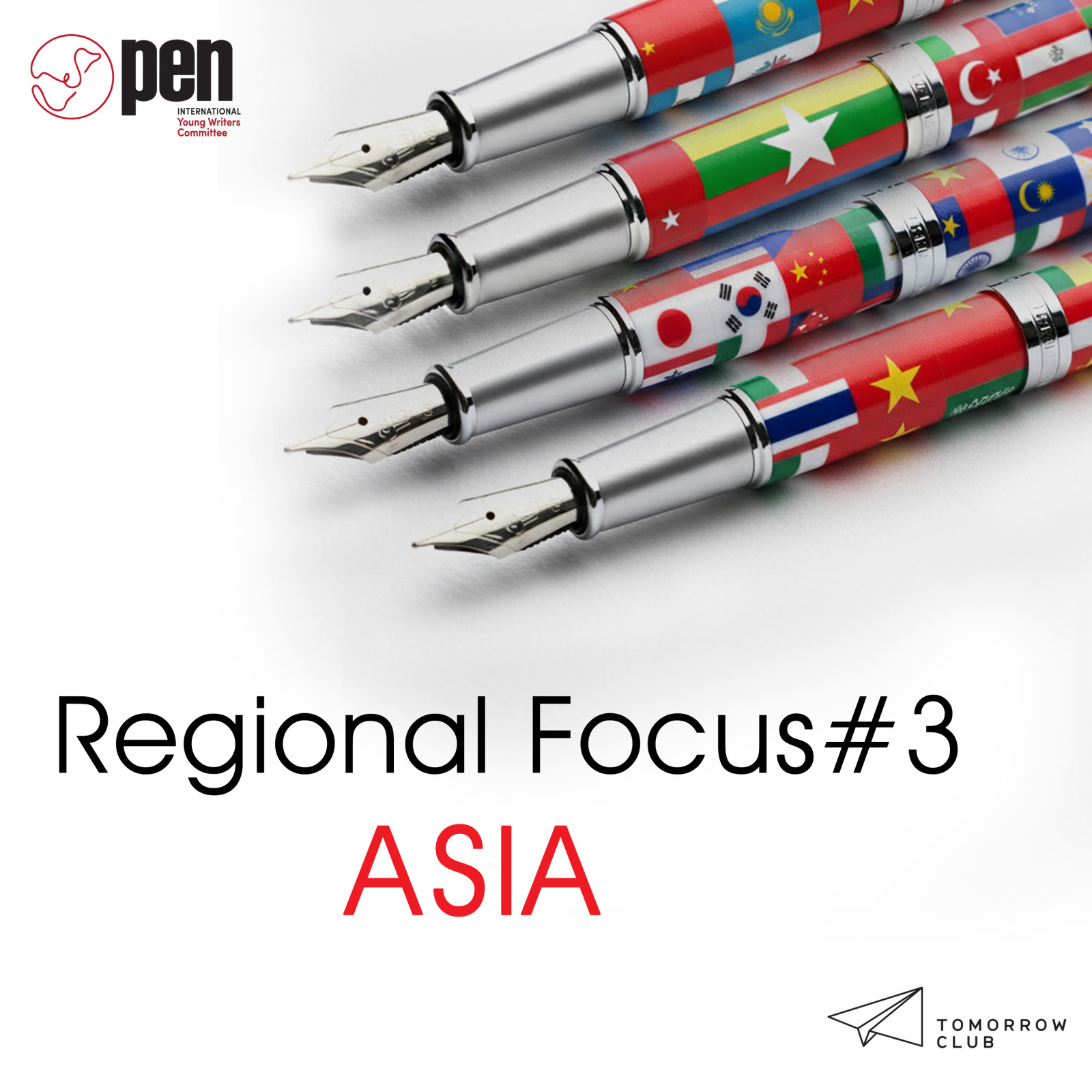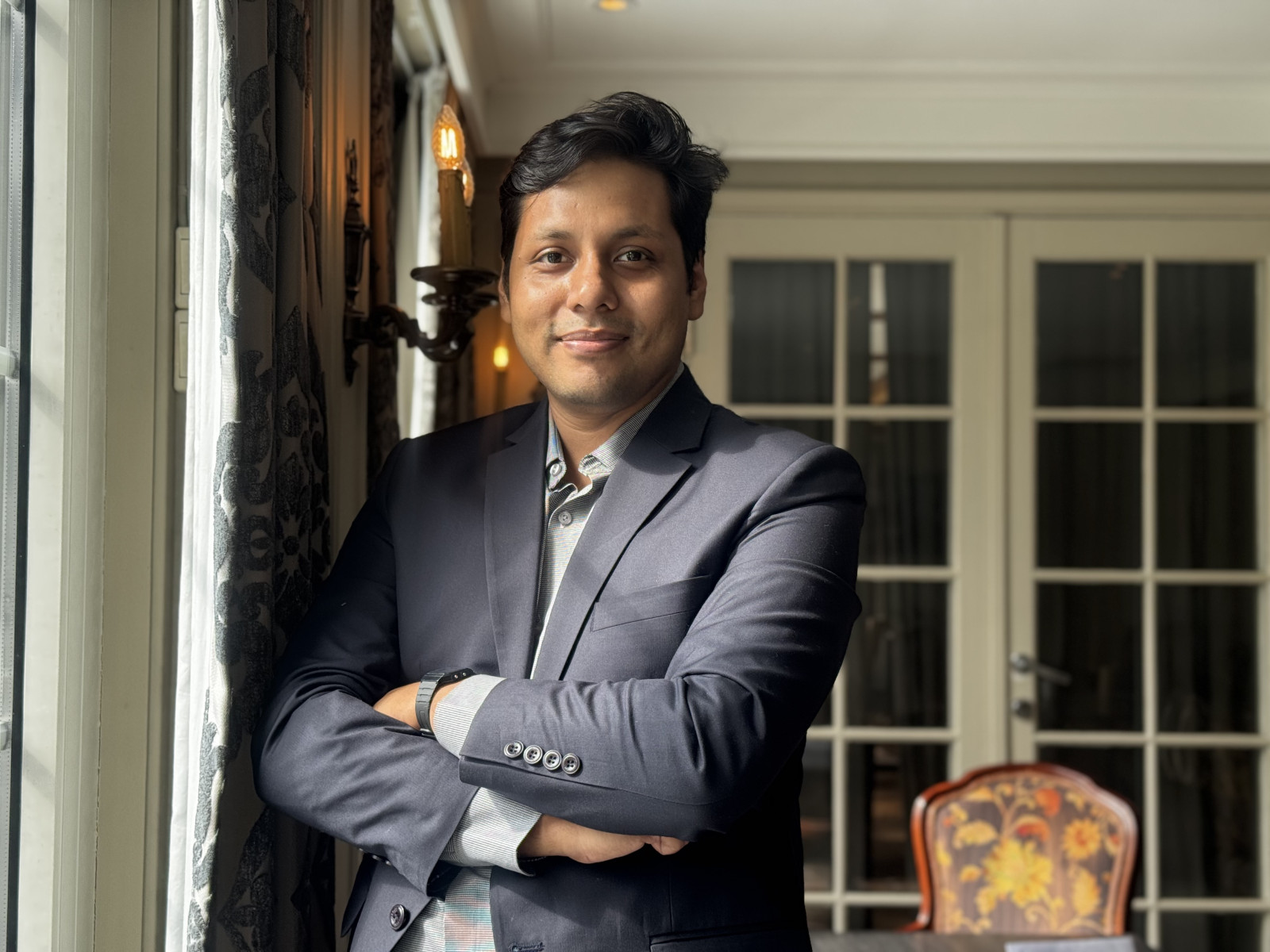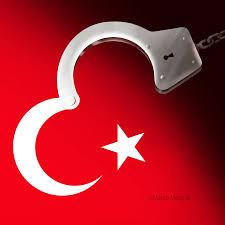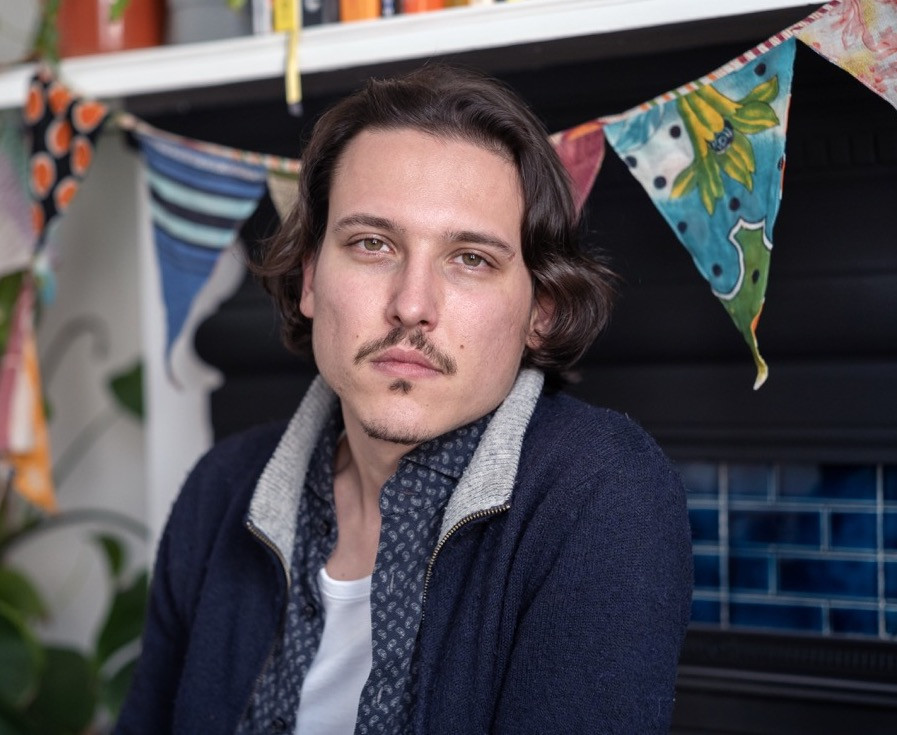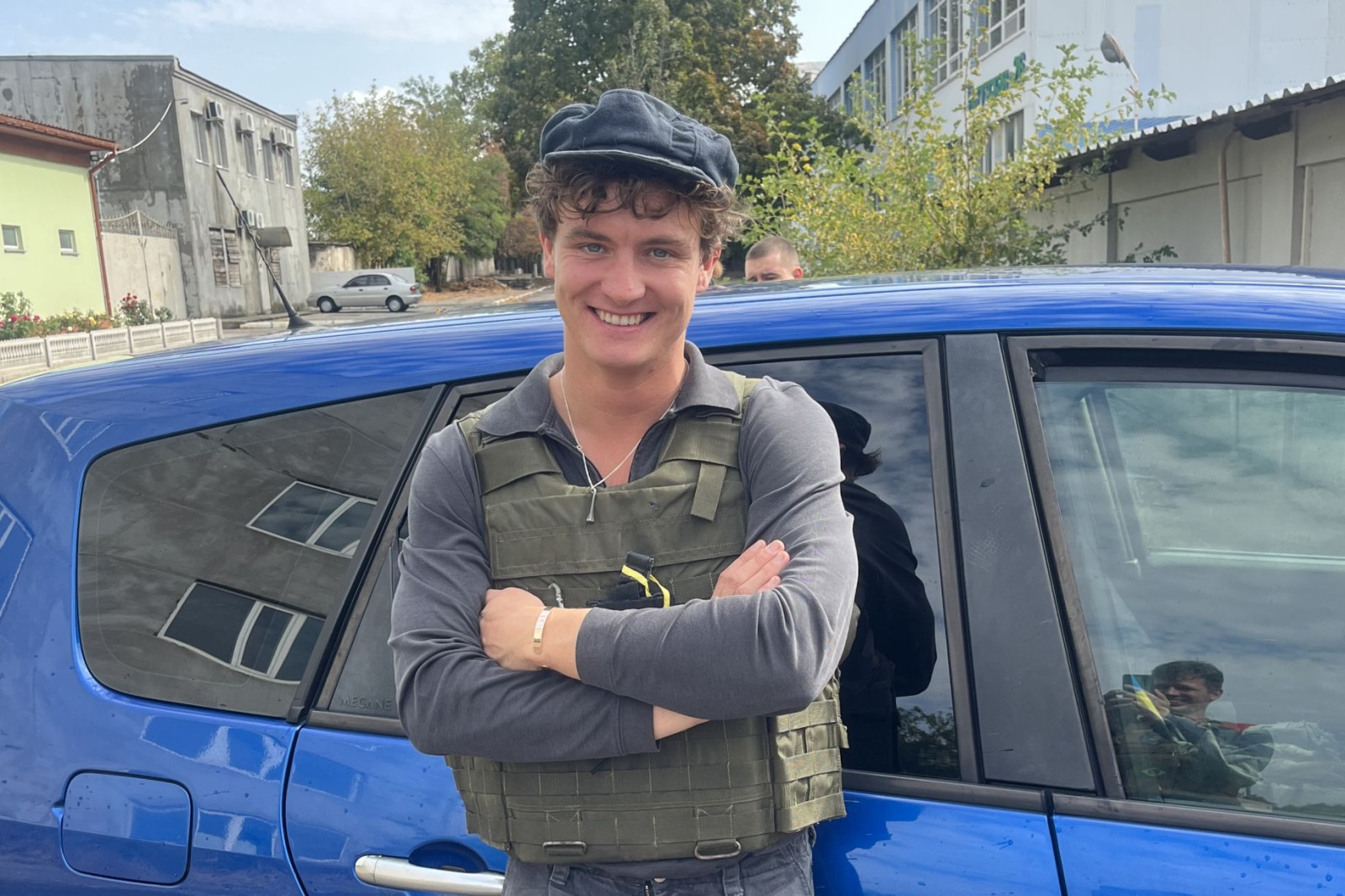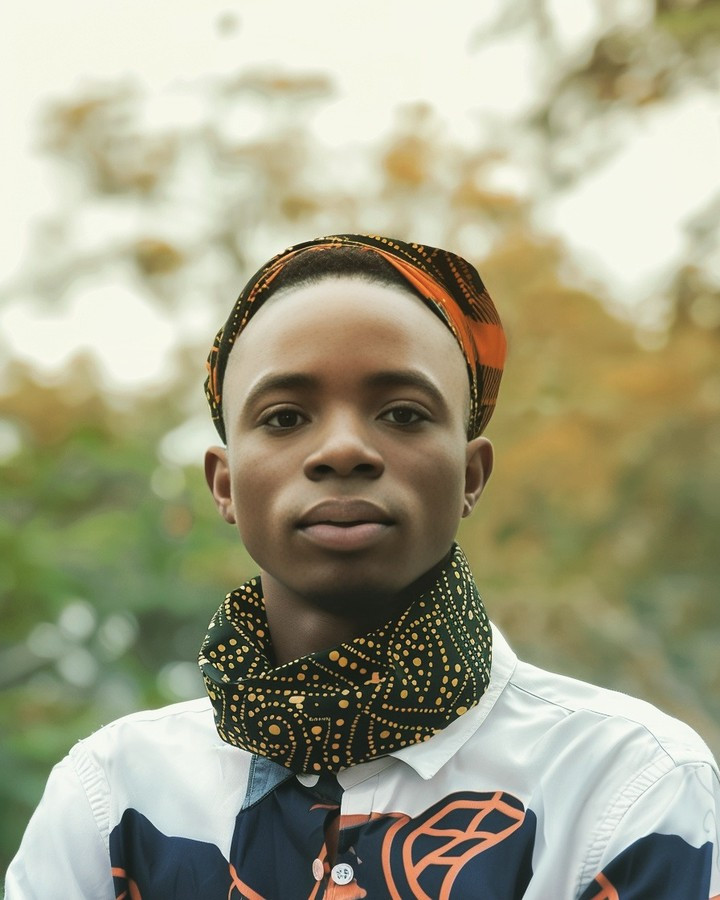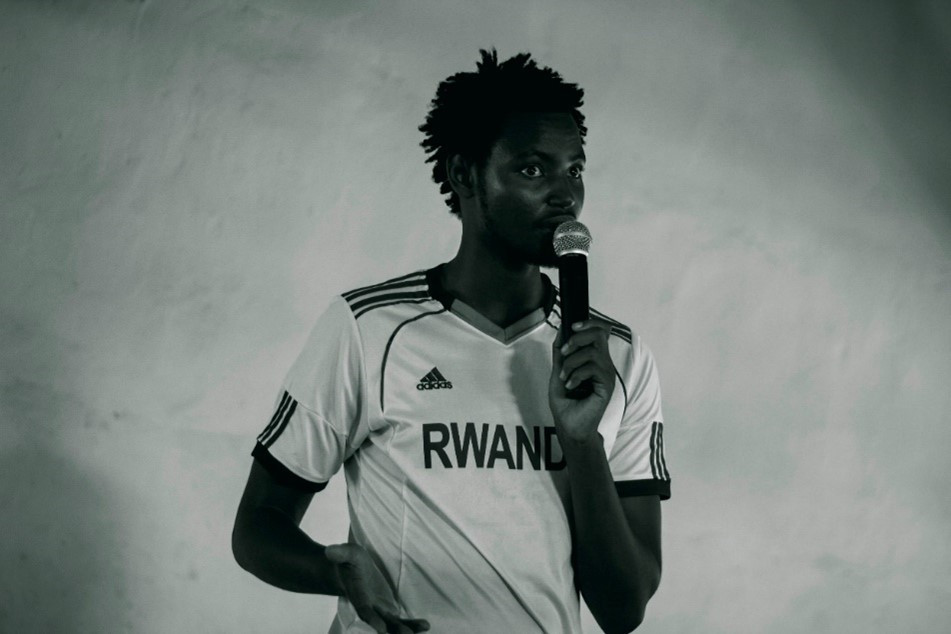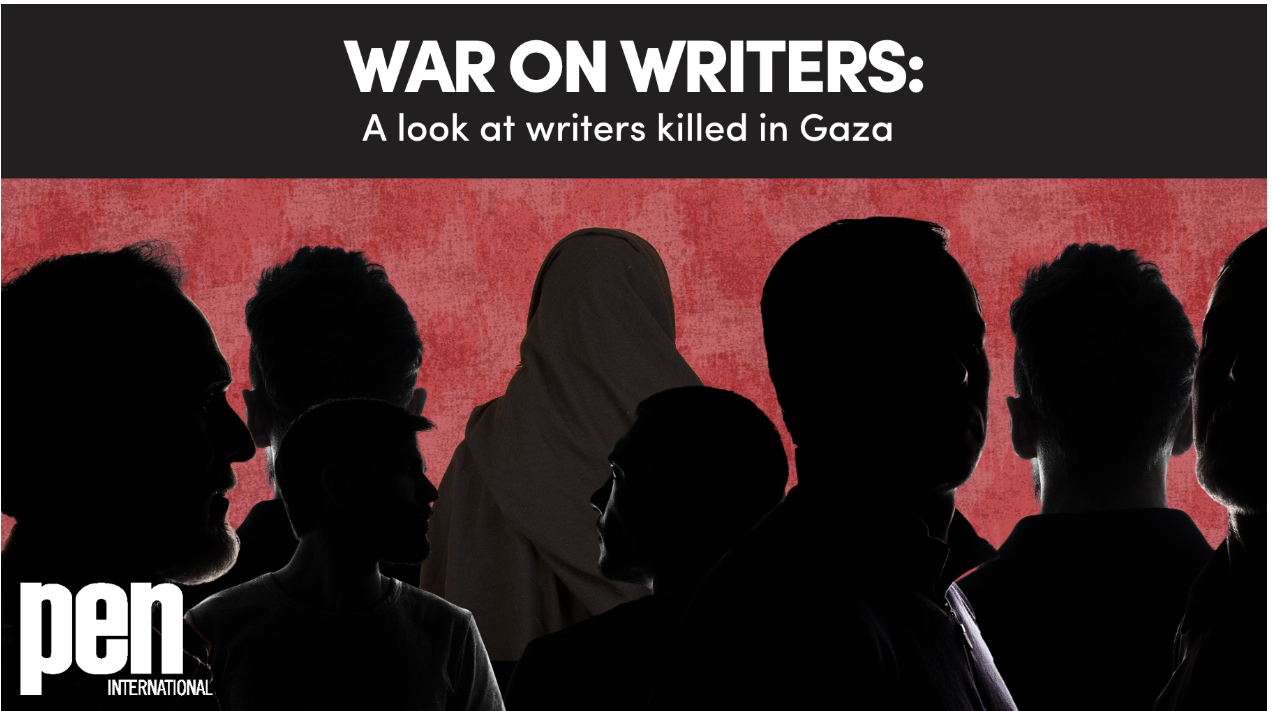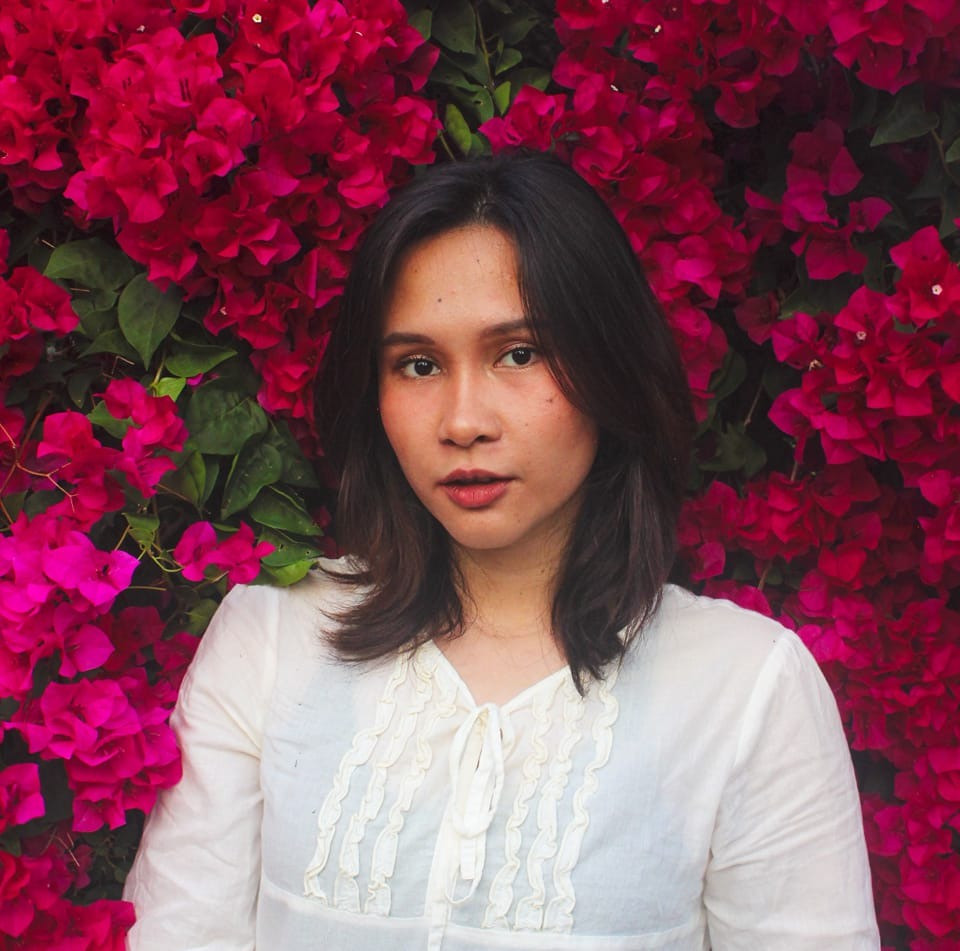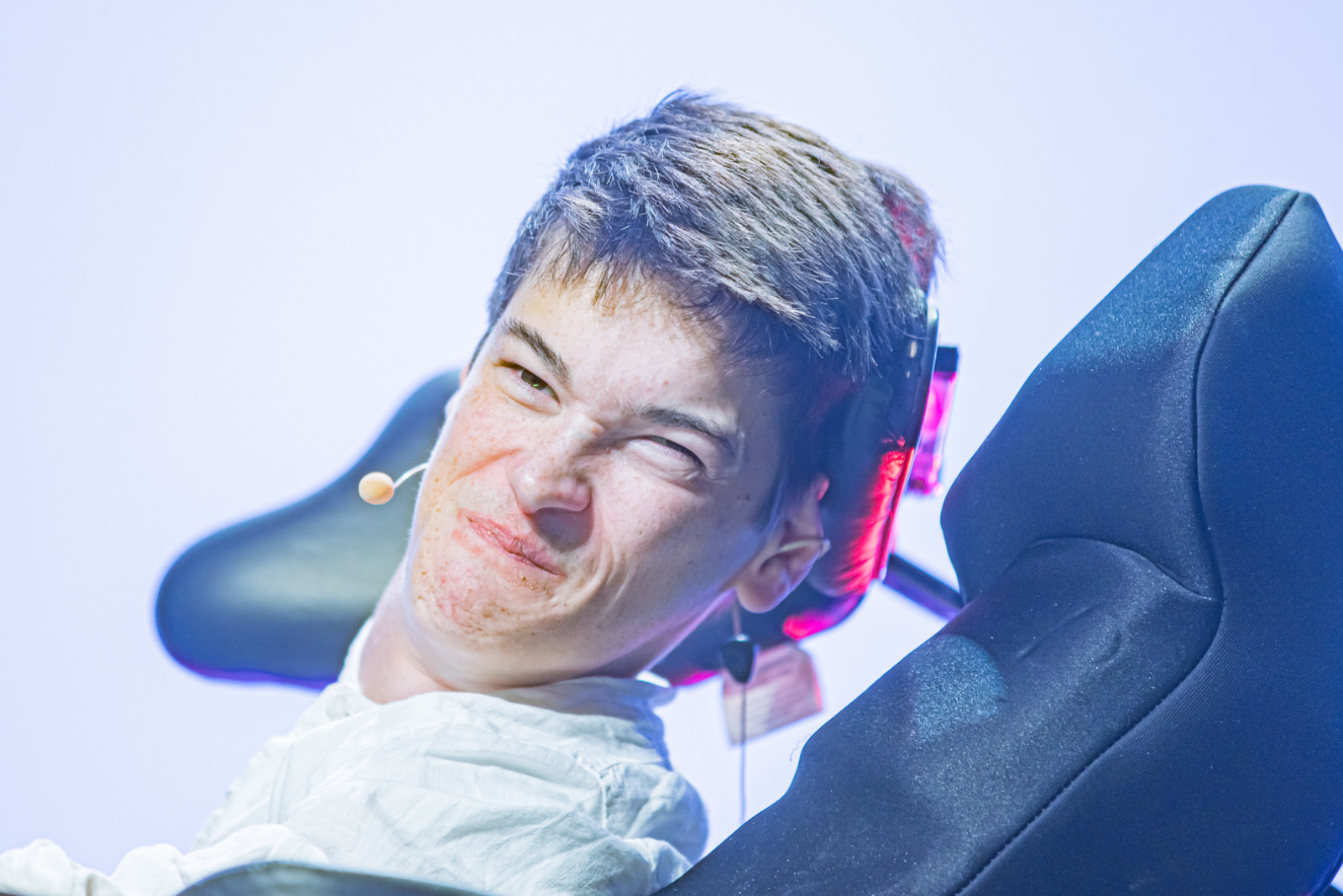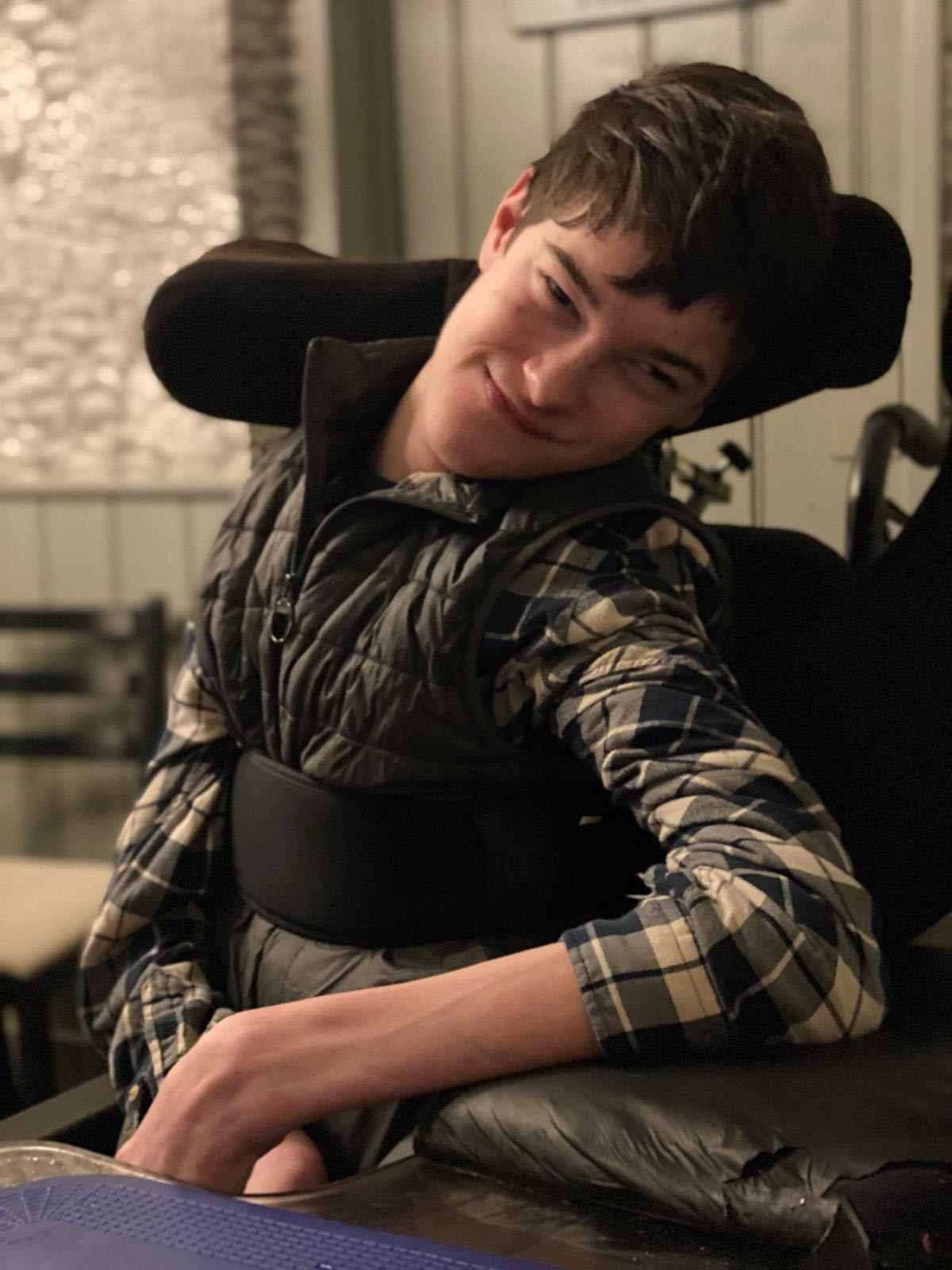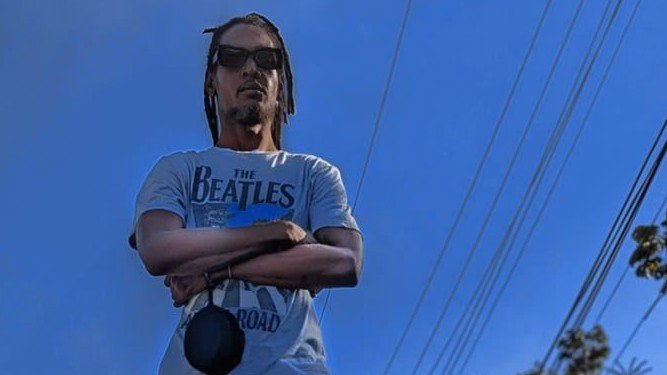The Uprising
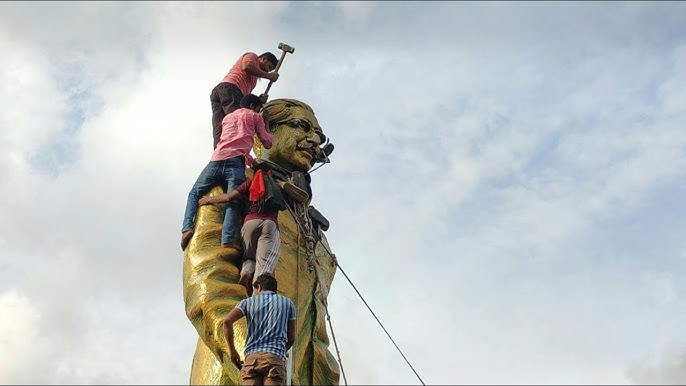
On the morning of August 5, 2024, I woke to a silence that felt ominous. For weeks, Dhaka—the sprawling, restless capital of Bangladesh, home to more than 20 million people—had been alive with defiance. Students filled the streets chanting against the government, their voices punctuated by the crack of flash grenades and the sting of live rounds fired into crowds. Each night was restless, spent verifying gruesome footage of beatings and killings, listening to the city throb with protest, and wondering how many more names would be added to the casualty lists by dawn.
That morning felt different. The city, usually vibrating with confrontation, was eerily still. I refreshed my browsers and fielded anxious calls from colleagues abroad. It seemed history was approaching one of those knife-edge moments when a nation’s trajectory bends abruptly. Tens of thousands were gathering to march on Gonobhaban—the fortress-like residence of the former Prime Minister Sheikh Hasina, often likened to Bangladesh’s White House. Many of the marchers were scarcely older than the school uniforms they had only just shed.
I felt myself caught between despair at the brutality I had been documenting and the fragile optimism that students might finally alter the country’s trajectory. For once, this was not about backroom deals or elite maneuvering. It was the youth—the restless, uncoached, unbought voices of a generation—who had seized the stage.
The violence that followed those few weeks defies comprehension. According to United Nations estimates, nearly 1,400 people were killed in a matter of weeks as security forces opened fire on protesters during the regime’s final days. These were not casualties of a distant war but of a government turning its weapons on its own people—young students, garment workers, rickshaw pullers, ordinary citizens demanding change. The killings were not random chaos; they were ordered and defended at the highest levels of power, with the prime minister herself sanctioning the crackdown. The message was stark: the survival of the regime outweighed the lives of its citizens.
By the end of that day, the unimaginable had become real: Sheikh Hasina, who had ruled Bangladesh for nearly fifteen years with growing impunity, was forced to resign and flee. The palace gates the students marched toward had finally been breached, and the regime that once seemed immovable crumbled in a matter of hours.
Repression could not kill imagination. In those months before the fall, it was not only protests and marches that kept the uprising alive—it was also the words, colors, and sounds that slipped through the cracks of fear. Poems once whispered in tea stalls reappeared on placards. Graffiti bloomed overnight on Dhaka’s walls, declaring that silence would no longer govern the streets. Street musicians revived old liberation songs while composing new ones for a generation discovering its own voice.
Even in the blackout of internet shutdowns, art traveled across borders in the form of posters, memes, and short films—fueling solidarity and rage. Writing, poetry, graffiti, and music became the insurgent language of a people denied speech, carrying the revolution forward when bullets tried to silence it. They reminded us that imagination itself is resistance, and that culture, once captured by power, can always be reclaimed as a tool of freedom.
A Regional Wave
This was not only a Bangladeshi story—it was part of a regional pattern. Across South and Southeast Asia, young people have carried the weight of democratic upheaval.
Just days ago, in Nepal, protests erupted after the government banned 26 social media platforms—a move that Gen Z activists immediately recognized as censorship. What began as outrage over digital repression swelled into a nationwide movement against corruption and nepotism. Police gunfire left dozens dead and hundreds injured. Within days, parliament was stormed, the prime minister resigned, and the country’s first female premier, Sushila Karki, was installed to lead an interim government.
Indonesia offers another echo: mass protests amid a stagnant economy have shaken its collusive elite, reviving memories of the student-led Reformasi movement that toppled Suharto in 1998, and the youth-driven mobilizations of 2019 against laws curtailing civil liberties. Their message was the same as Nepal’s, and the same as Bangladesh’s: politics as usual is over.
These uprisings, like Dhaka’s, testify to a simple truth: when institutions decay and leaders cling to power, it is the youngest citizens who risk everything to force change.
The Betrayal of Culture
And yet, even in victory, another battle lingers. For decades, Bangladesh has lived in the uneasy space between fragile democracy and creeping autocracy. The struggle today is defined not only by the blunt force of state violence—batons, bullets, and prison cells—but also by the subtler manipulation of culture itself.
During the formative years of my life, I witnessed the chilling rise of what can only be described as a devil in the making. At first, it was easy to dismiss as politics as usual—development slogans, carefully choreographed cultural festivals, and the endless repetition of loyalty oaths from those who benefitted. But over time, that devil became harder to ignore. It grew increasingly vicious and insular, operating within a self-made cocoon—an echo chamber that stifled dissent and marginalized opposing voices.
I remember covering book fairs, literary festivals where the same faces, year after year, were handed awards not for their courage but for their loyalty to an oppresive regime. I remember sitting in darkened auditoriums where theater groups once known for satire now staged plays extolling the virtues of the regime. I remember conversations with writers I had admired in
my youth—poets whose words once spoke of rebellion and love of the people—who now recited talking points about “stability” and “development,” as if reading from government press releases. Each time, a little more of my faith in culture as resistance eroded.
What struck me most was not just the brutality of the state, but how willingly parts of society enabled it. It wasn’t only soldiers firing bullets or police dragging students into vans. It was also the intellectuals who provided the vocabulary of legitimacy, the cultural figures who performed the role of cheerleader, and the institutions that normalized silence. The tyrant did not rise alone; he was built up by applause, by complicity, by those who chose to believe that proximity to power was safer than the uncertainty of resistance.
Under Hasina’s rule, state patronage flowed generously to “friendly” writers, artists, and performers. The Ekushey Padak and Independence Awards—Bangladesh’s highest civilian honors—too often went not to those who challenged society, but to those who praised the government. State-funded book fairs and cultural festivals amplified loyal voices, while critical artists were excluded, sometimes quietly, sometimes brutally. Even parts of the country’s once-proud cultural resistance—its music circles, theater groups, and literary societies—were gradually drawn into the orbit of power.
This produced what can only be described as a “fascist enabler movement”: intellectuals and cultural figures who appeared independent but in reality defended the regime. They celebrated the rhetoric of “Digital Bangladesh” while ignoring internet shutdowns, praised “development” while dismissing the deaths of protesters, and glorified the prime minister as a savior while branding her critics as traitors. In doing so, they lent cultural legitimacy to authoritarianism, making repression appear not only normal but patriotic.
Even the local branches of global free expression organizations were captured, handed to loyalists who looked away while writers were dragged into courtrooms and cells. The silence was astonishing. Worse still, many of those people remain there today.
The consequences were devastating. Dissenting artists were surveilled or imprisoned. Critical journalists were prosecuted under draconian laws like the Digital Security Act. Plays werecensored, films banned, exhibitions shut down. Student movements were smeared asanarchic. By elevating loyal voices and silencing dissent, the regime manufactured theillusion of national consensus. This is how impunity is built: not just through fear of the baton, but through the applause of those who clap for the hand that strikes.
The Fragile Future
The danger, of course, is that the tyrant simply returns in a different guise—an old ruler swapped for a new one.
In moments of upheaval, young people sometimes confuse empowerment with entitlement. I don’t say this lightly, but mistakes have already been made by the very youth who brought down the old regime. As a journalist, I have met scores of people—including many young ones—who are increasingly disillusioned by what they see as the arrogance of the new generation of leaders.
Instead of championing a more inclusive society, some sidelined queer voices and ignored calls for gender justice. Instead of resisting sectarian temptations, they courted the language of hard-line Islamist groups in search of legitimacy. Instead of holding themselves to a higher standard, a few slipped into the same habits of corruption and patronage they once denounced.
Most troubling is the attempt to enforce a new, rigid narrative of identity—what some call “Bangladeshism” or “Bangali Muslimism.” In their effort to bury the discredited slogans of the Awami elites, they are constructing another ideology that is no less exclusionary. It is a familiar trick from the old playbook: control the language, monopolize the story, and leave no room for versions of Bangladesh that don’t fit their design.
History offers warnings. In Egypt, the revolutionaries of Tahrir Square overthrew Hosni Mubarak only to see their movement co-opted—first by the Muslim Brotherhood, then crushed by the military’s return to power. In Iran, the students who lit the spark of the 1979 revolution were sidelined as the clerical establishment consolidated control, imposing a more suffocating order than the monarchy they toppled. Even in Indonesia, where students helped end Suharto’s three-decade dictatorship in 1998, the promises of Reformasi were diluted by elites who quickly adapted to the new environment, trading uniforms for suits but clinging to the same old privileges.
Bangladesh risks repeating these patterns. When young people trade their moral clarity for the politics of exclusion, when they replicate the very tactics they once rose against, they risk turning a genuine revolution into yet another reshuffling of elites. The test of this generation will not be whether they can seize power—that has already been proven—but whether they can resist the seductions of arrogance and write a story of freedom broad enough to include everyone.
The History Reminder
The youth should never believe that history is written only by the victors, or that it can be permanently manipulated through narrative wars. Those who ruled Bangladesh once thought they could command memory itself, rewriting textbooks, co-opting artists, silencing dissent. Yet here we are, watching their project collapse under the weight of its own lies.
History has its own way of fact-checking us. It observes, quietly but relentlessly, and it rarely absolves arrogance. The task before the youth is not to force their own version of history, but
4
to live in a way that history itself vindicates. Keep widening the circle. Keep defending those who are easiest to silence. Keep doing the right thing, even when it feels futile.
If they do, their story will not be one more cycle of tyranny dressed in new colors. It will be the rare story of a revolution that kept its promise—one that turned art, culture, and free expression back into tools of freedom, not weapons of control.
